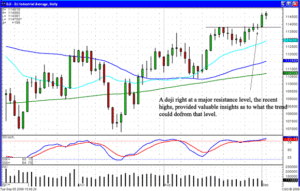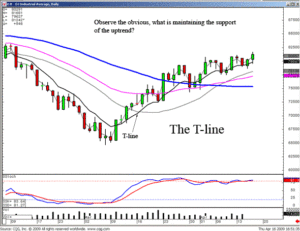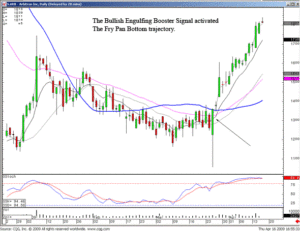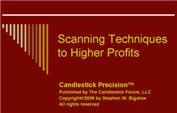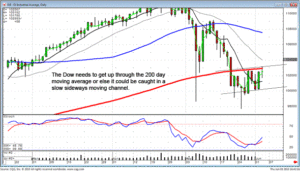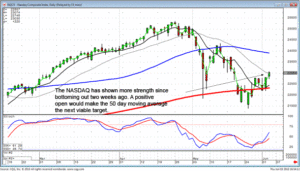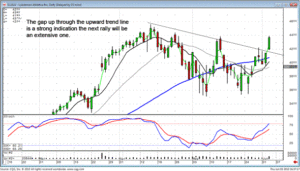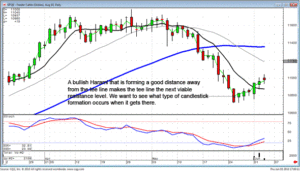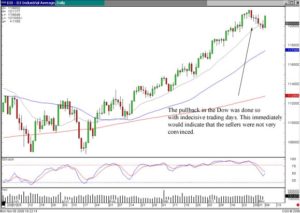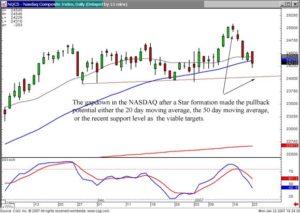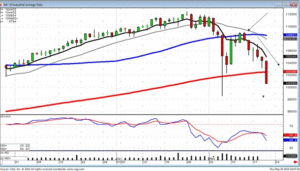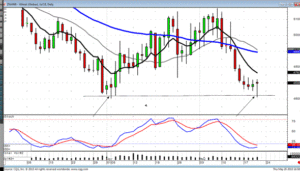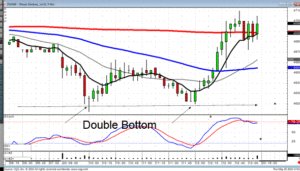So much of what is written about commodity trading has to do with investment strategy; what you should buy, how much you should pay, or which tropical island you should buy with all of your profits. While the positive side of investing cannot be emphasized enough, an important part of your trading plan is knowing what to do when things don’t go so well. Commodity prices and how they can change require you find ways to protect your investments.
Two of the best ways to protect your investments against commodity price changes are limit orders and stop loss orders. These are both protective orders that help you keep your money, not give it away to changes in commodity prices.
Limit Order
A limit order is a futures trading order that instructs your broker that when an underlying asset reaches a certain price or better, he or she should execute the order and purchase the desired asset at the best commodity price available. If the price of a commodity does not drop to the requested level, your order is not filled.
For example, if the price of corn futures is at $5.00 dollars per bushel and you place a limit order at $4.50, your order will not fill unless the price drops to $4.50. If the commodity price falls from $4.75 to $4.40, your order will be filled at $4.40. Conversely, if the commodity price only falls to $4.55, your broker will not fill the order. This type of market order helps protect your money by getting you the commodity price you want and not filling if your price isn’t reached.
Stop Loss Order
A stop loss order is a commodities trading order that instructs your broker that if an asset you are holding drops to a certain level, he or she should sell it. Once the price has been reached, the commodity broker will implement the trade, regardless of the current commodity price. If the price never falls to the agreed amount, the order will not be executed.
As an example, if you enter a stop loss order to leave a crude oil position you are holding when the price drops to $55 a barrel, your oil futures have these possible scenarios:
- If the price of oil drops to $55, your commodity broker will enter a market order to sell your position, getting the best available price.
- If the price of oil drops to $55 but then quickly drops to $54, that may be the price you get. Remember, once the price touches $55, your broker will place a market order but that space of time can allow the price to temporarily drop more.
- If the price of oil drops to $55 but then quickly rebounds to $56, the trade will be initiated ever though the amount is back above your target for the commodity price. It is likely you will get the $56 but your futures option will still get executed.
How These Orders Help Protect You
Commodity prices in the futures markets have the potential to move quickly. If you are holding a futures contract, it is easy for things to get volatile and your position can become compromised without your even knowing. By using limit orders, you can enter a position at the commodity price you choose, not pay more because you can’t monitor its movement; your broker can do the work of watching the commodity price for you.
Stop loss orders don’t protect you before you make a trade; they protect you AFTER you enter a position. If you are not sitting by the computer watching commodity prices, a negative move could occur before you can move to stop it. By having a stop loss order, you can watch your positions without being in front of your computer.
Conclusion
Stop loss orders and limit orders can help the investor to form part of a strong stop loss strategy. While there is plenty written about profits when commodity prices rise, it’s good to know you have a plan in place in case commodity prices fall.
